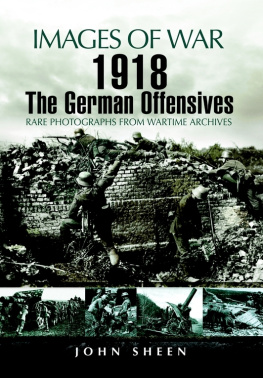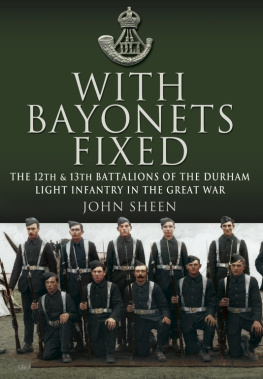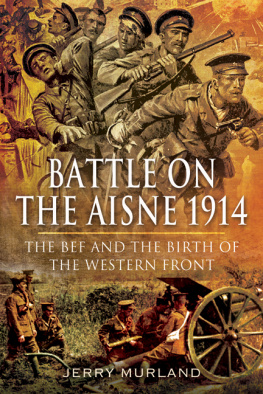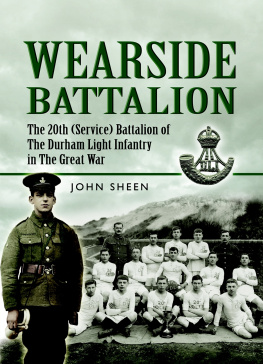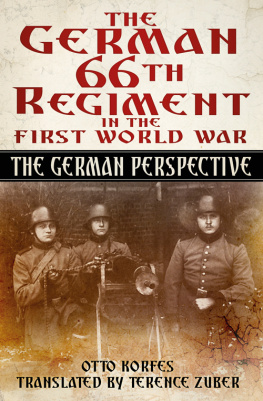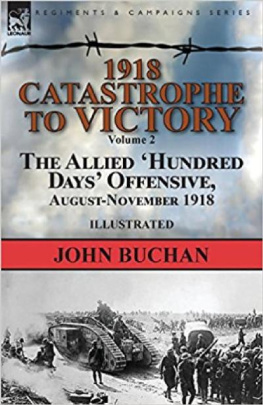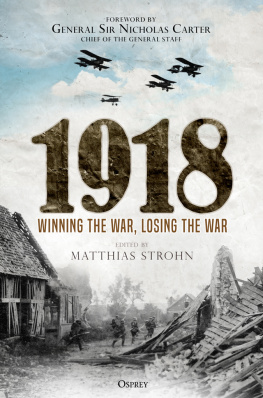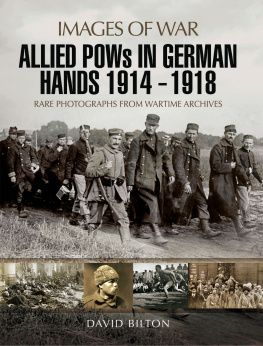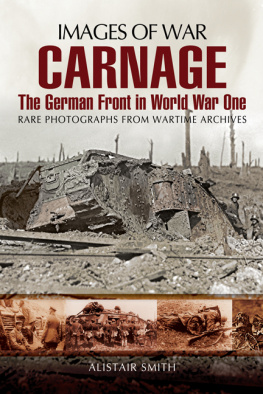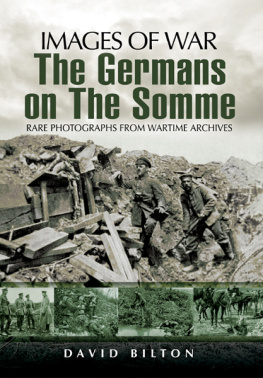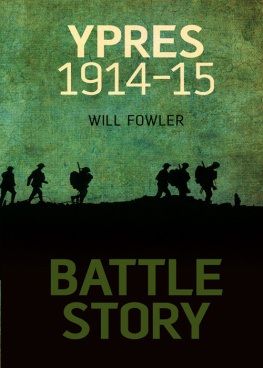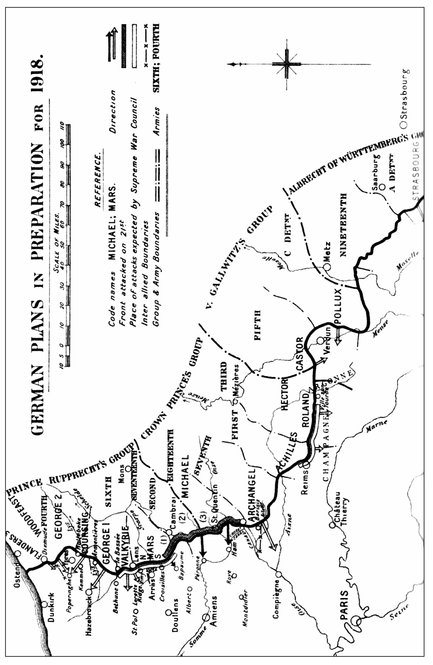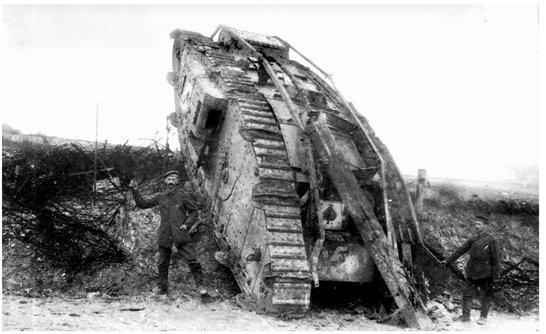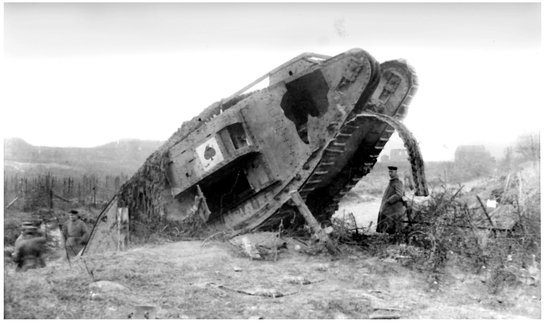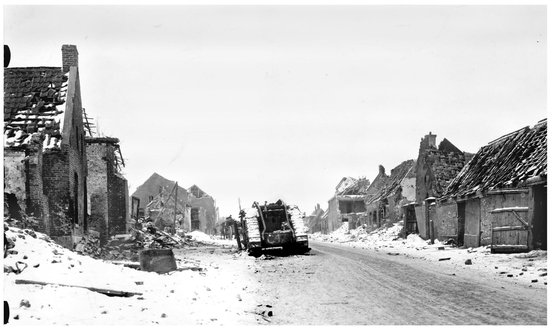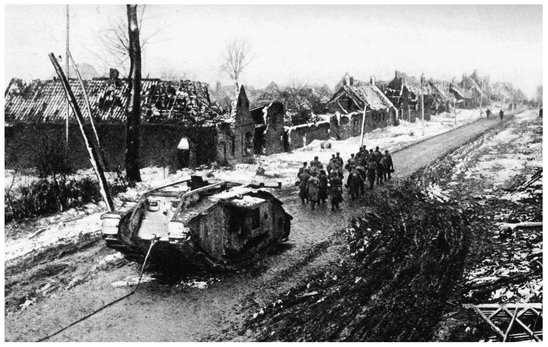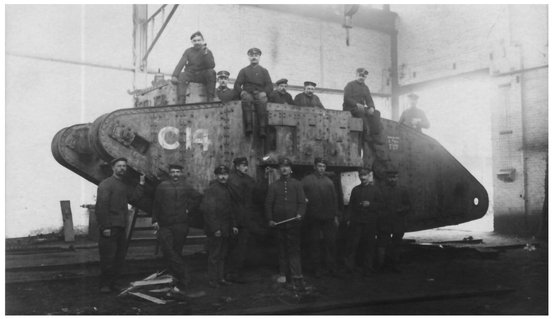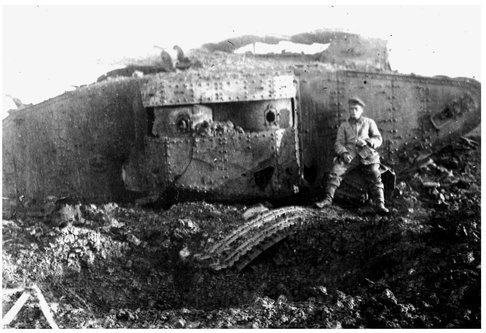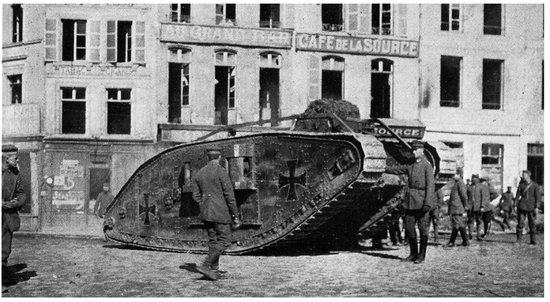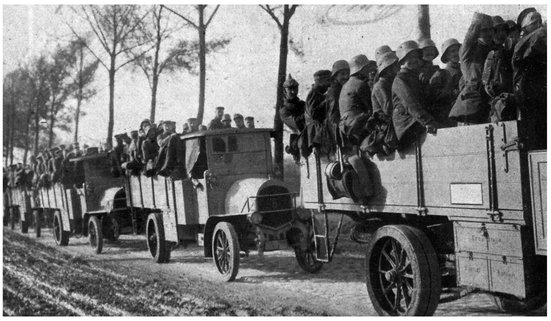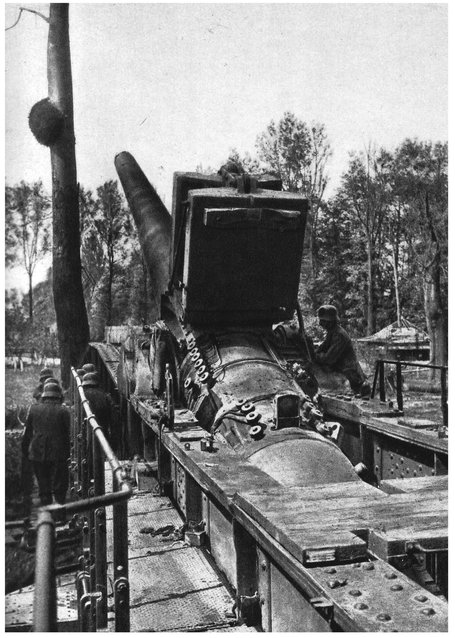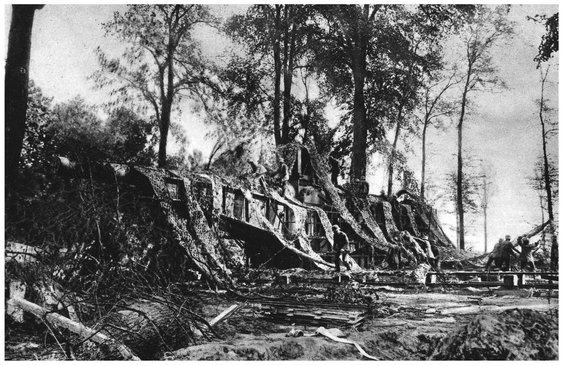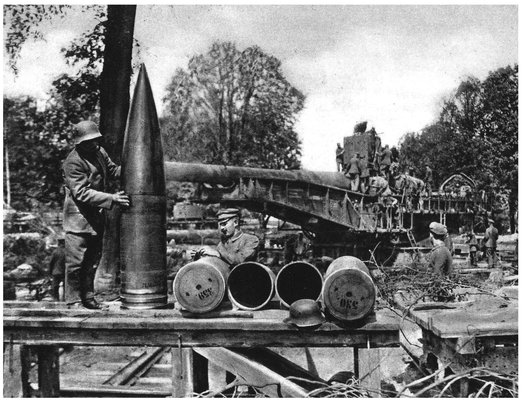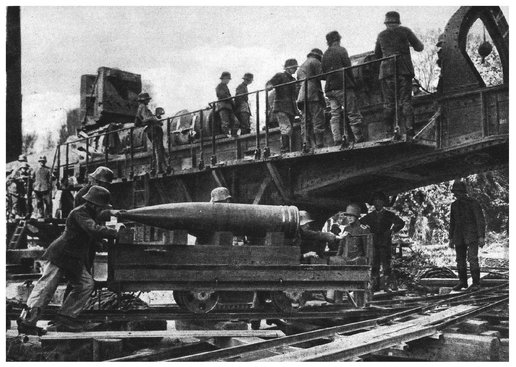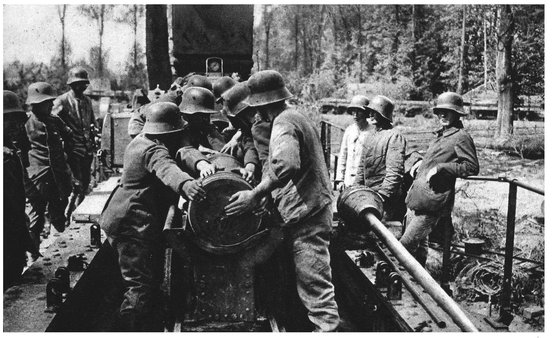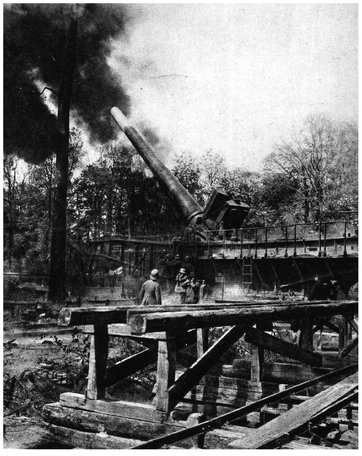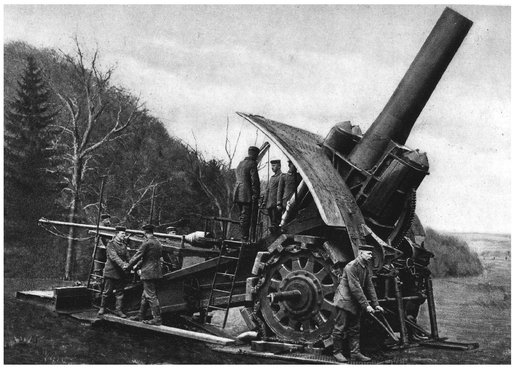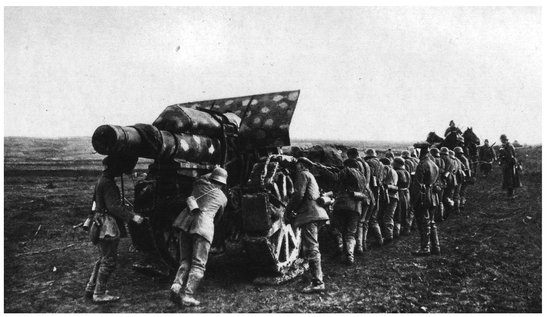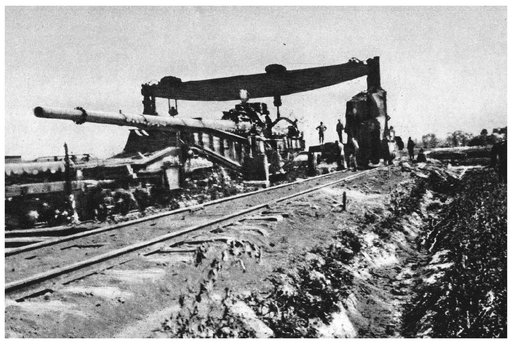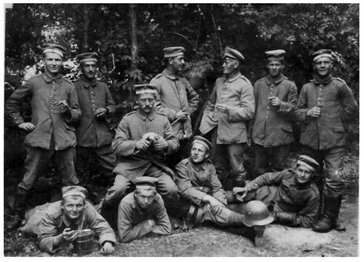Chapter One
Preparation for Attack
G iven the success of the British tanks at Cambrai the previous November, the German commanders were keen to have tanks and employ them in the coming offensive. A number of units were formed to recover undamaged and lightly damaged tanks and take them to the rear, where workshop units could repair them and put them back into service against their former owners. Other units were sent out to cannibalise more severely damaged vehicles and to bring back spare parts for the workshops.
At the German Army Headquarters, OHL, orders were issued that, in order to keep the enemy guessing as to where the attack would take place, each army should give the impression that they were about to attack. This was to be done all along the front from Alsace to the sea; in every area rumours, false reports, and movement of civilians away from certain areas took place. On the British front in Flanders, the Sixth and Fourth Armies made demonstrations of increased activity. An extra Army Headquarters appeared in Lorraine, in Champagne from 1 March the preparations for an offensive were made obvious to any observers, whilst on the front commanded by Crown Prince Rupprecht, the preparations for George were very obvious.
The concentration of the vast forces needed for the operation was a massive problem, but the planners solved the problem with complete success. By 15 March all the ammunition was in camouflaged dumps in the forward area. Between 11 and 19 March the extra guns and trench mortars were moved up and were all in position by 20 March. Meanwhile the 60 Infantry Divisions began moving on 16 March; on the night 18/19 March they rested and then moved forward into the forward positions on the following night, thereby letting the assaulting troops prepare and then rest on the night of 20 March.
Members of a recovery crew from Fuhrpark Kolon 787 inspect C51 for possible spares.
Posted at Field Post Office Number 72, by a soldier named Hauptvogel serving with Fuhrpark Kolon Number 787, this view of C51 is quite early with German soldiers examining the wreckage. Note the camouflage net is still hanging over the side of the tank. Compare this to the later photograph of the same tank in Chapter 7.
C47, knocked out in Fontaine, soon to be recovered by the Germans.
German infantry passing C47, which now has a winch rope attached and will soon be on its way to a workshop to be repaired or cannibalised.
The German workshops at Charleroi. Female Tank C14 is being repaired by a crew of German mechanics. Between the two men on the rear of the tank is the inscription GEBORGEN DURCH, K FLAK 2, Bei Cambrai 15.12.17. SECURED THROUGH, Anti Aircraft Battery No 2, At Cambrai, 15.12.17.
A German soldier named Willi poses beside a knocked-out tank. Judging by the postmark on the card he was a member of an unknown Fuhrpark Kolon, probably employed salvaging spares.
A female tank in St Quentin; having been repaired it now has German Iron Cross markings. By 21 March the Germans had five tanks ready to go back into action.
Infantry are brought up to the rear area by motor lorry convoy.
The crew of a 58cm railway gun prepare it for firing.
The crew of a 38cm railway gun remove the camouflage netting in order to get the gun ready for its deadly work.
An NCO and a comparatively small gunner prepare the ammunition for the gun whilst the rest of the crew are around the gun.
It takes four gunners to transport the shell, on a small railway trolley, to where it can be winched up onto the gun.
The shell is now behind the breech and some of the crew begin to push it home; on the left a ram rod lies waiting to be used in the final push.
The crew stand clear and another shell hurtles towards the British rear area, possibly to land on the headquarters or railway installations around St Pol or Doullens.
A 42cm mortar. Manufactured by Krupps, this weapon could fire a 900kg shell over 10 km.
A heavy mortar is moved into position prior to the beginning of the barrage that will begin the battle.
Another railway gun weighing in at 140 tonnes, this time on the French Front and able to fire at Laon (128 kms), Beaumont (109 kms) and Chateau Thierry (87 kms).

